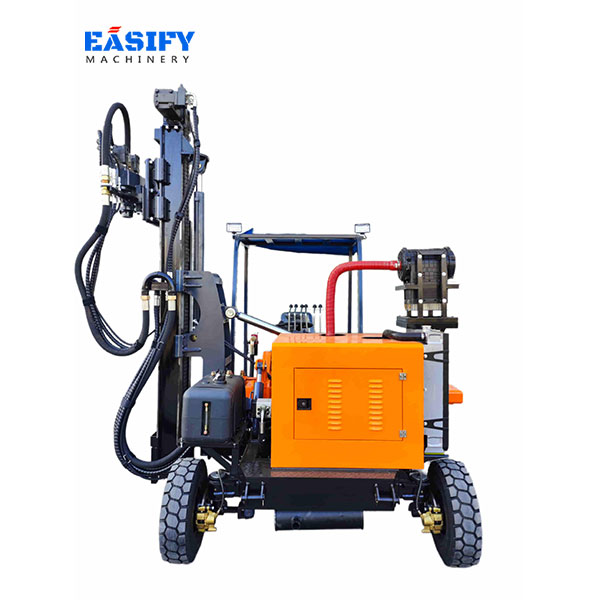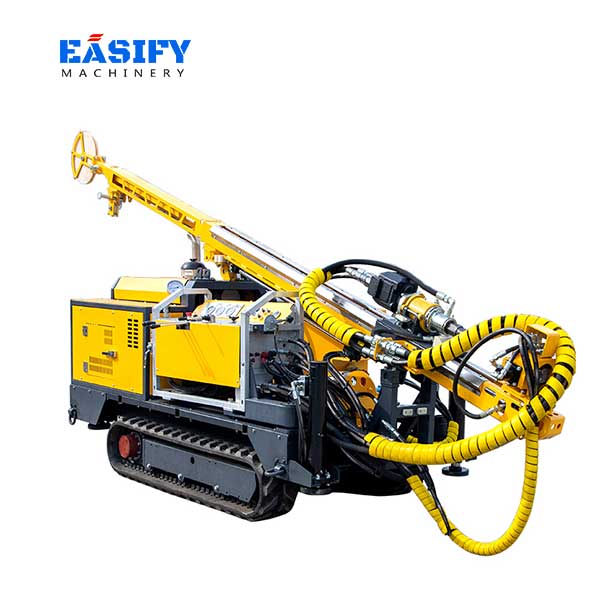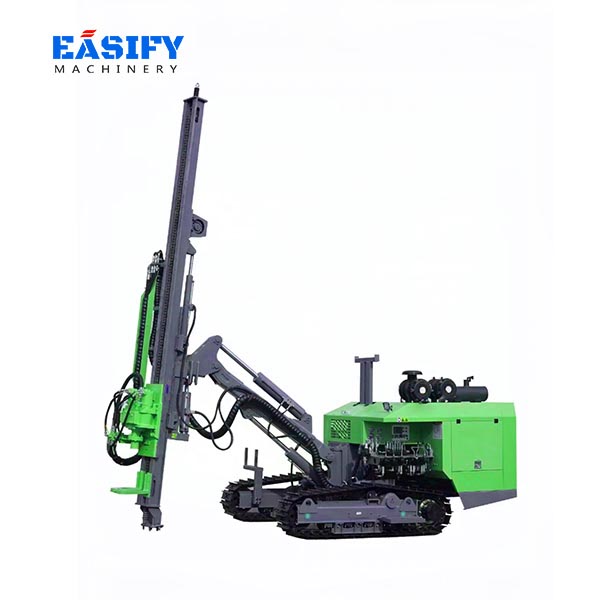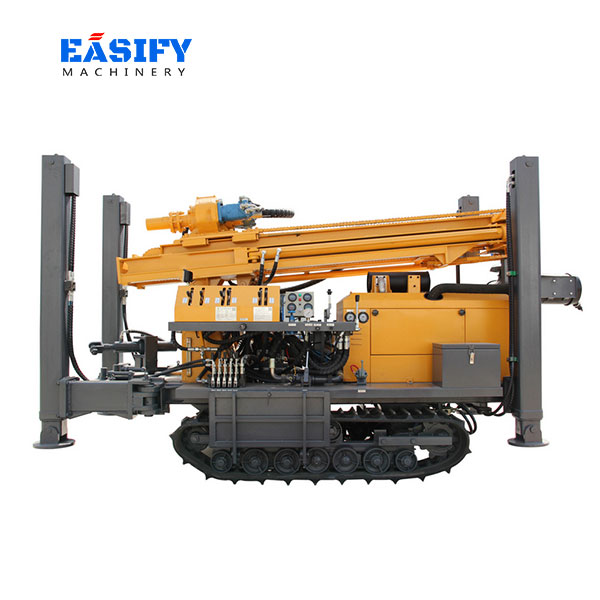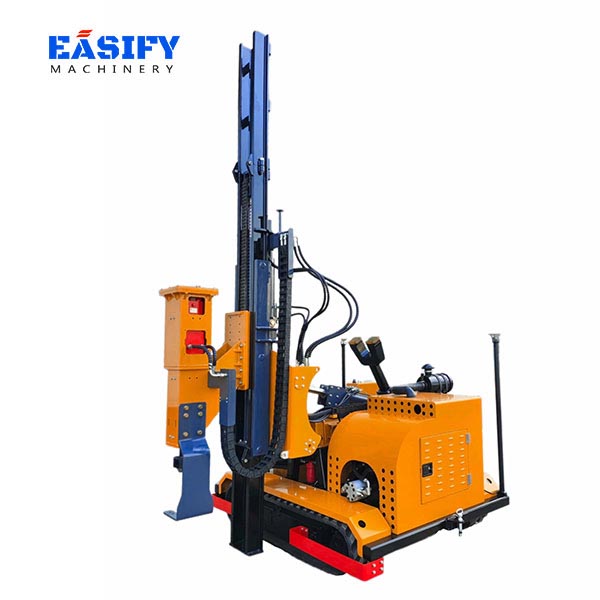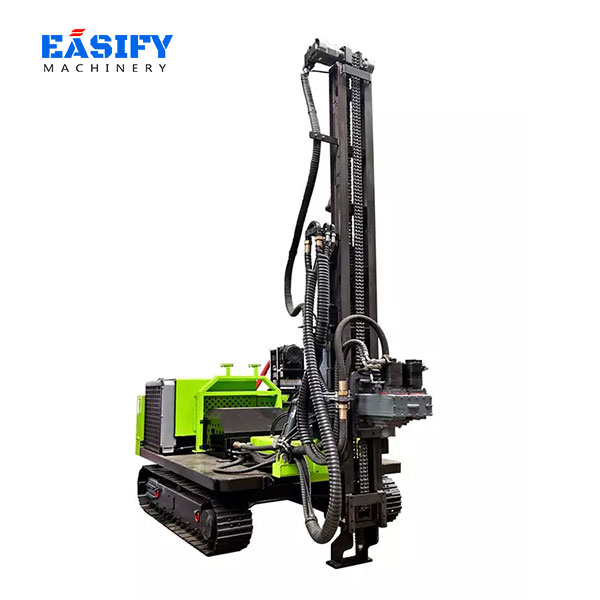Table of Contents
ToggleCore drilling rigs play a crucial role in a wide range of industries—from mining and geology to construction and infrastructure development. But what exactly is a core drilling rig, and why is it so important? In this article, we’ll break down everything you need to know about core drilling rigs, including how they work, their main components, types, and common applications.

What is a Core Drilling Rig?
A core drilling rig is a machine used to drill precise cylindrical holes (called core holes) into rock, concrete, or soil to extract a solid sample known as a core. These cores are then analyzed for their geological, structural, or material properties. Core drilling rigs are essential tools in mineral exploration, geotechnical investigations, oil and gas exploration, and even construction projects.
Key Components of a Core Drilling Rig
Core drilling rigs can vary in size and power, but most include the following main components:
- Drill Head (Rotary Drive): Powers the rotation of the drill string and core bit.
- Drill Rods: Hollow steel rods that transmit force and rotation from the rig to the core bit.
- Core Barrel: A special tube that captures and retains the core sample.
- Core Bit: The cutting tool, usually embedded with diamonds, that bores through rock and material.
- Mud Pump or Water System: Provides lubrication and cooling for the bit and helps remove cuttings.
- Rig Frame or Chassis: The structural body that supports the entire rig.
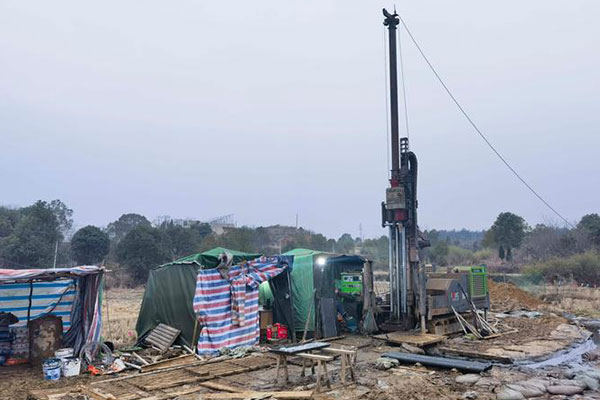
How Does a Core Drilling Rig Work?
The process of core drilling involves the following steps:
- Setup: The rig is positioned over the drilling site.
- Drilling Begins: The drill head rotates the drill rods and the core bit, slowly penetrating the material.
- Core Collection: As drilling progresses, the core is captured inside the core barrel.
- Core Retrieval: The drill rods are withdrawn and the core sample is removed for analysis.
- Repeat: Additional cores can be taken at different depths as required.
This method allows geologists and engineers to study stratigraphy, rock quality, and mineral content without disturbing the site excessively.
Types of Core Drilling Rigs
There are several types of core drilling rigs designed for different environments and applications:
1. Portable Core Drilling Rigs
Lightweight and easy to transport, ideal for remote or difficult-to-access locations. Often powered by gasoline or diesel engines.
2. Truck-Mounted Core Drilling Rigs
Mounted on vehicles for increased mobility and higher drilling capacity. Suitable for medium to deep drilling projects.
3. Crawler-Mounted or Skid-Mounted Rigs
Designed for tough terrain, offering more stability and traction on uneven or muddy ground.
4. Hydraulic Core Drilling Rigs
Powered by hydraulic systems, these rigs offer more control and are capable of drilling through hard rock with precision.
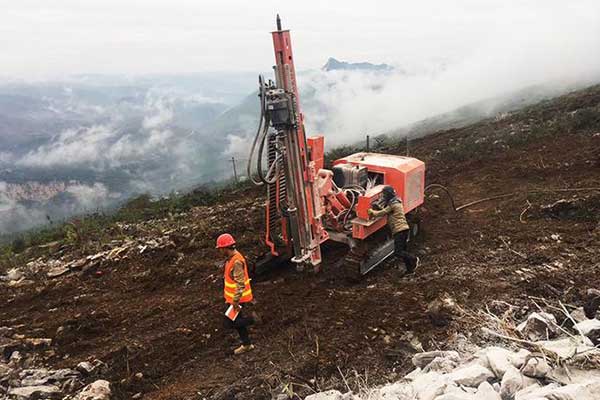
Common Applications of Core Drilling Rigs
- Mineral Exploration: Identifying the presence, quantity, and quality of minerals such as gold, copper, or coal.
- Geotechnical Engineering: Assessing soil and rock conditions for construction foundations.
- Oil and Gas Exploration: Sampling subsurface rock formations to locate oil or gas reservoirs.
- Environmental Investigations: Monitoring groundwater contamination and soil quality.
- Concrete and Structural Testing: Drilling into existing structures to evaluate strength and composition.
Benefits of Core Drilling
- High Accuracy: Provides detailed and undisturbed samples of subsurface materials.
- Versatility: Effective in rock, concrete, soil, and other dense materials.
- Minimal Disturbance: Ideal for testing without causing major disruption to the surrounding area.
- Essential for Analysis: Core samples allow for lab testing, geological mapping, and strategic planning.
Choosing the Right Core Drilling Rig
When selecting a core drilling rig, consider the following:
- Depth requirements
- Rock or soil type
- Drilling environment (indoor/outdoor, urban/remote)
- Power source availability
- Mobility and transport needs
Working with a reliable core drilling rig supplier, such as Easify Machinery, ensures you get the right machine tailored to your specific application.
Final Thoughts
Whether you’re involved in mining, construction, or environmental science, a core drilling rig is an essential tool for subsurface investigation. It delivers accurate, intact samples that provide critical insights for planning, design, and decision-making.
